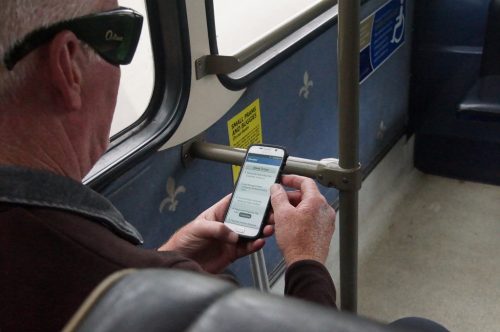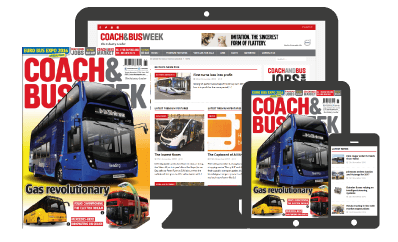
Paul Everson, Product Manager at Trapeze Group, outlines ways local authorities and operators can aid their visually impaired passengers through the use of technology
Public transport departments across the country clearly understand the need to increase modal shift by convincing car owners to ride the bus, but is enough being done to cater for those with disabilities? Blind and partially-sighted passengers in particular face challenges in navigating bus networks, reinforcing the need for a more inclusive approach to public transport systems within the UK.
This issue has been a topic of much debate recently, particularly in association with the journey towards the Bus Services Act 2017, which officially came into existence in April of this year. When first introduced as the Bus Services Bill 2016-17 in May 2016, the proposed legislation intended to give councils new powers to deliver better journeys for passengers. One area of consideration within the bill was the ongoing challenge posed in relation to accessibility for passengers with specific requirements. While the Public Service Vehicle Accessibility Regulations 2000 (PSVAR) had previously set down accessibility requirements such as low-floor board devices and provision for passengers using wheelchairs, at the time of initial publication there was no provision made for Audio-Visual (AV) equipment on buses which could help to empower visually impaired passengers.[…]
By subscribing you will benefit from:
- Operator & Supplier Profiles
- Face-to-Face Interviews
- Lastest News
- Test Drives and Reviews
- Legal Updates
- Route Focus
- Industry Insider Opinions
- Passenger Perspective
- Vehicle Launches
- and much more!


